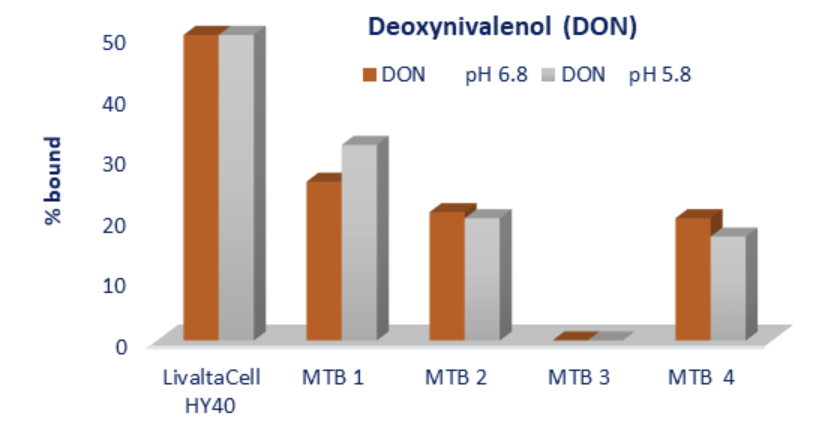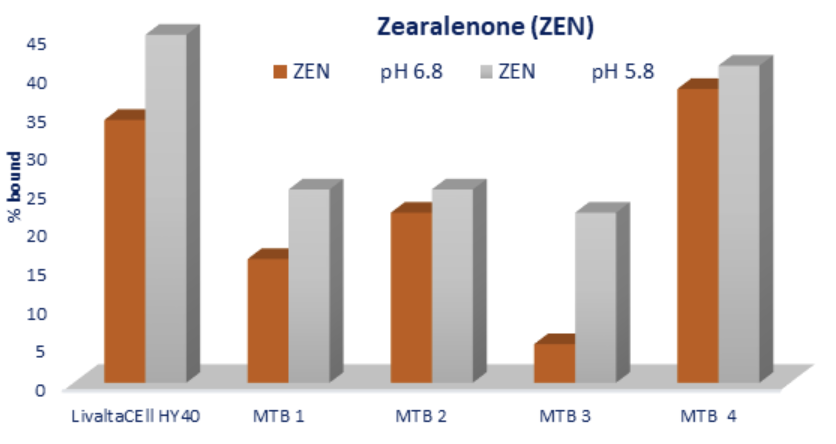Mycotoxins are naturally occurring toxins produced by moulds (fungi) and can be found in animal feed and food. The moulds grow on a variety of different crops and feed- and foodstuffs including cereals. Why are we concerned about them?
Mycotoxins can cause a variety of adverse health effects and pose a serious health threat to animals (and humans). The adverse health effects range from acute poisoning to long-term effects such as reducing the growth rate of young animals, immune deficiency making the animals more susceptible to infection, liver and kidney damage, and cancer.
What can we do about them? Prevention through pre-harvest management of crops is the best method for controlling mycotoxins. But especially in warm and humid conditions, it is very difficult to prevent all contamination. And climate change is only increasing mycotoxin risk. According to DSM’s World Mycotoxin Survey 2021, globally, 6.5 out of 10 of the 22,000 samples from 79 countries analysed contained at least one mycotoxin above the legal threshold.
What else can we do? Once contamination occurs, we need to deal with mycotoxins in a way that they do not harm the animals who eat the feedstuff. Yeast can help here to bind certain mycotoxins – among them are Deoxynivalenol (DON) and Zearalenone (ZEN), two of the three most prevalent and economically most important mycotoxins globally. In general, DON leads to a decrease in feed intake, reduced weight gain, and higher susceptibility to bacterial infections in animals. Zen can lead to reproductive disorders and cancers.
We wanted to know how well our enzymatically treated yeast, Livalta™Cell HY40 performed in comparison to common yeast-based, fully formulated mycotoxin binders in the market. For our study, we chose ruminants as the target species and used an in vitro model mimicking normal (pH 6.8) and acidotic (pH 5.8) rumen conditions. We added DON and ZEN at 100ppb and 300ppb respectively and included Livalta™Cell HY40 and four other mycotoxin binders as benchmark products (MTB 1 to 4) at 0.3%.


Figure 1. In vitro binding study results. % of DON and ZEN bound by the respective product
Our results in the graph above show that the DON and ZEN binding capacity of Livalta™Cell HY40 is on a par with or better than the fully formulated mycotoxin binders we used as benchmarks, both at normal and acidotic rumen pH conditions.
Livalta™Cell HY40 cannot solve all mycotoxin problems, but it can help alleviate risks of DON and ZEN for animals.
Please contact us to find out how Livalta can help you responsibly meet your animals needs
Latest news
Livalta develops new, responsible proteins for feed and food using the latest science and technology.!

